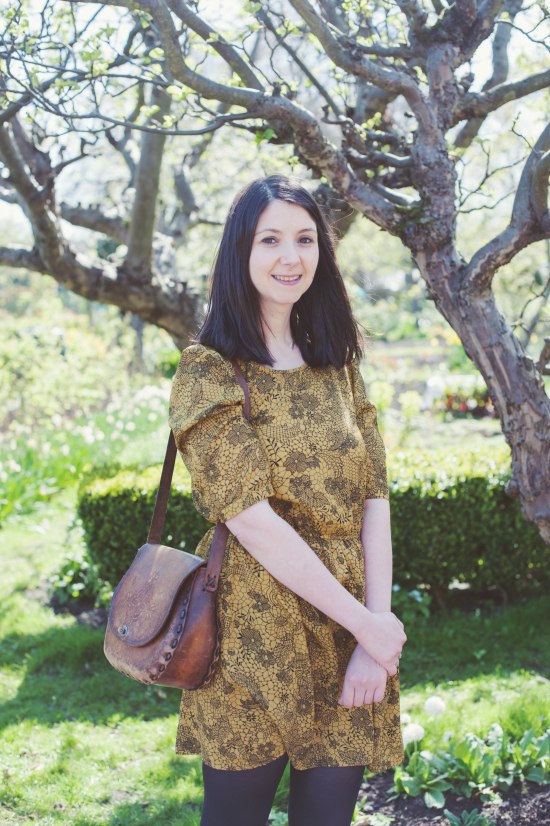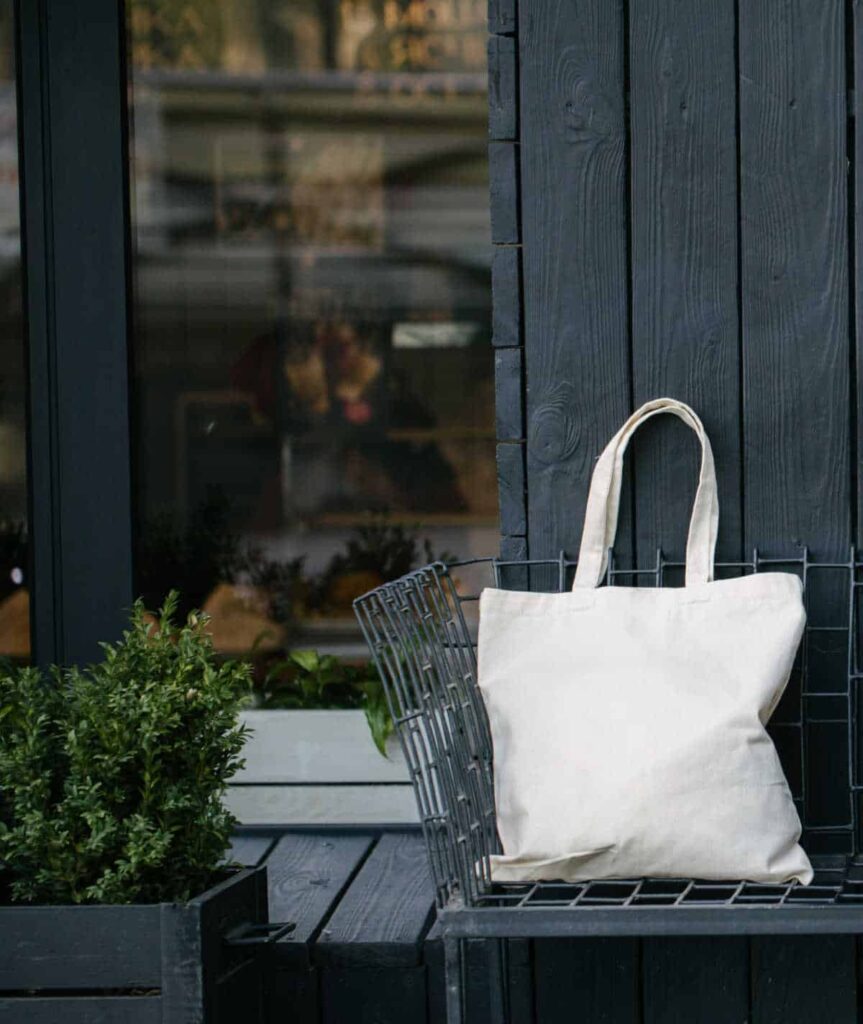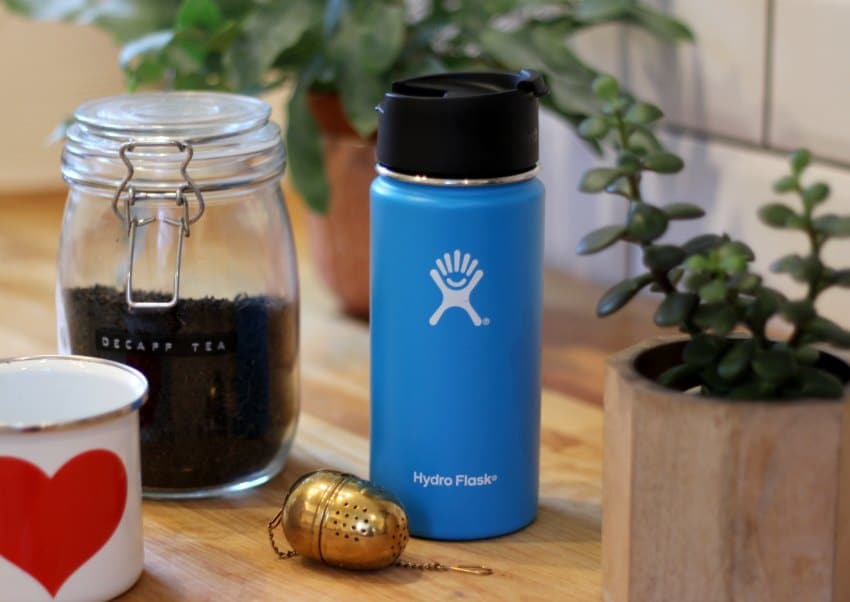Charity Shop Tips for Buying Secondhand Clothes
To support the running costs of Moral Fibres, this post may contain affiliate links. This means Moral Fibres may earn a small commission, at no extra cost to readers, on items purchased through these links.
Let me share with you my top charity shop tips, for a more sustainable wardrobe.
Did you know that as well as being more affordable, shopping for secondhand clothing is one of the most planet-friendly ways to dress? There are myriad benefits to the environment that buying used clothing brings.
In 2020, the Intergovernmental Panel on Climate Change (IPCC) calculated that the fashion industry uses around 1.5 trillion litres of water annually. What’s more, the fashion industry produces 10% of global carbon dioxide emissions every year. Concerns have also been rising about pollution, from chemical waste from the dyes used in clothing manufacture to microplastics.
It’s never made more sense to shop secondhand where possible.
My Top Charity Shop Tips For Successful Shopping

However, if you’ve never shopped in a charity shop before, then it can be daunting knowing where to start.
As someone who has spent quite a large part of my life rooting around in charity shops, I like to think I know a thing or two about making the most out of every trip. So, to help you out, I thought I’d share my top tips for a successful charity shop visit with you today.
Let’s dive in:
- Make A List & Do Some Groundwork
- Pick Your Area
- Pick Your Time
- Visit Charity Shops Regularly
- Be Prepared To Rummage
- Examine The Items Carefully
- Have A Rough Idea of Repair & Alteration Costs
- Check The Care Labels Before You Buy
- Cast Your Search Further Afield
- Give Back
1. Make A List & Do Some Groundwork
My first charity shop tip is to have a good idea of what you’re hoping to find in advance. This can save you a heap of money, rather than just jumping in and buying whatever looks nice.
I’ve made the mistake in the past of buying things that look nice in the shop. Yet when I got home, I found they just didn’t go with anything in my wardrobe. This left me with a wardrobe full of clothes but nothing to wear.
Now I have a firm idea of what I’m looking for. Right now, it’s a couple of tops to go with jeans. This means I can scan rails quite quickly if I’m in a rush.
I’d also advise figuring out which colours and styles look good on you before going shopping. I like strong colours – beige and pale colours don’t suit me at all. Therefore I don’t waste time and energy looking in the beige aisle!
2. Pick Your Area
Depending on what you are looking for, then you will want to consider where you are shopping. This is because different areas tend to have different characteristics.
In short, my tip is to be open-minded as to what charity shops you visit. However, let’s have a look at the attributes of different areas:
Fancy Areas
I know a lot of people who like to stick to more fancy parts of a city or town when it comes to charity shopping. There are pros and cons to this. Here you are probably more likely to come across designer clothing and items from the higher end of the high street.
The downside is that prices tend to be higher. You’re also more likely to find things here like Primark clothing marked up higher than they would be in Primark itself. Additionally, you’ll compete with a lot more people, especially if you’re shopping at the weekend.
I have found some good finds over the years in supposedly fancy areas. However, I personally wouldn’t shop exclusively in them.
Less Fancy Areas
If you broaden out your search to less fancy areas, you’ll find a broad mix of high-end and lower-end pieces, and prices tend to be cheaper too.
I picked up this Jaeger dress for just £7 a few years ago in a charity shop in quite a studenty area of Edinburgh. It’s definitely not an area I would have associated with Jaeger dresses. However, it just goes to show you there are surprises to be found wherever you shop!

The silk scarf was also a charity shop find – just 99p!
I’ve noticed in certain areas of town some charity shops have set up discount stores, where every item is priced at £1. Unless I’m on a really tight budget and am prepared to do an awful lot of rummaging then I tend to avoid them.
My experience has been that stock that hasn’t sold in other charity shops gets sent here. However, if you’ve found an amazing bargain in one of these shops then do let me know as I’m prepared to have my eyes opened!
Rural Areas
An unexpected place where I’ve had a lot of luck, particularly in sourcing vintage clothes, are the charity shops in small seaside and countryside towns in the middle of nowhere. Now, there are various reasons for this. The happier one may be there are fewer customers interested in vintage clothes in these areas.
I picked up a vintage bag in a charity shop in a small countryside town many years ago, really cheaply. I’d go as far as to say it’s my favourite find ever. I personally love that it’s got a bit of history behind it.
3. Pick Your Time

Another top charity shop tip is if you’ve got any days off in the week then these are great times to visit. I have found great things at weekends. But more often than not, my very best charity shop finds have been on weekdays. Particularly if there’s inclement weather.
This is because fewer people are probably out and about, popping in for a browse. There’s probably quite a strong correlation between my best finds versus the wettest days! Fortune favours the brave!
4. Visit Charity Shops Regularly
I don’t strike gold every time I visit the charity shop. Instead, I pop in at regular intervals – say once a week – on my way home from work for a little nosey. Stock changes daily so you’re more likely to find what you want by regularly looking. Just stick to your list so you don’t go wild!
5. Be Prepared To Rummage
In normal shops, I do a quick browse. In charity shops, I devote a bit more time when I am prepared to have a good rifle through racks and baskets. Charity shops often put shoes or bags in baskets. You can often unearth good finds if you have the patience to go through them all.
6. Examine The Items Carefully
No one wants to find their perfect item, only to get it home and realise it’s ripped, stained, smelly, or has got a faulty zip.
Whilst staff and volunteers do quality check each item before putting it out for sale, sometimes things do get missed. My tip is therefore to check carefully before you pay at the charity shop to avoid any nasty surprises. Pay particular attention to seams, zips and buttons.
7. Have A Rough Idea Of Repair & Alteration Costs
In my student days, I made the mistake of purchasing a cheap dress from a charity shop with a broken zip. Naively I thought I could fix it – completely underestimating the level of technical skill required to replace a zip.
After sitting for nearly a year unmended in a pile, I took it to a tailor to get repaired. Imagine my shock when I was told it would cost me £15 to repair a zip.
The moral is if you’re not handy with a sewing machine, then keep in mind the rough prices that alterations can cost. This is because even basic alterations such as shortening trousers or skirts can run to around £15 or more.
Your local tailor or alteration shop may have a price list online or have a leaflet you can carry in your bag. This will allow you to check just what your bargain charity shop find will cost you overall, to help avoid any nasty surprises.
8. Check The Care Labels Before You Buy

Checking the care labels is a really important practice to get into, before buying anything. Dry clean only and hand wash only are instructions you should particularly look out for.
Dry cleaning is expensive – my local dry cleaners charge £11 to dry clean a dress – and this really adds to the cost per wear of your item. Is this a cost you can commit to, or will you wear the item once and never wear it again?
Dry cleaning also isn’t particularly environmentally friendly, so this is something to bear in mind too.
I have been caught out before by not checking the care labels. My beloved charity shop Jaeger dress is dry clean only. However, I wash it in a cool gentle cycle in my washing machine, and it comes out fine. I’m not saying this will work for every dry clean item – especially items with pleats or suits. Therefore, I can’t recommend it, especially for precious items of clothing.
If you are willing to take a risk then here’s a useful guide on how to dry clean at home to help prevent damage.
Similarly, if you rarely have time for handwashing then also look out for handwash-only labels. You may also wish to avoid buying these items. If you have been caught out then you may be able to machine wash items. Here’s my guide on how to wash wool in the washing machine.
9. Cast Your Search Further Afield
Another key tip is to not feel constrained by sections of the charity shop. If you’re female, you can often find gems in the menswear section. Think belts, gents cardigans, and jumpers.
And if you’re petite then you can check out the kid’s section. Teenage sizes go up quite large and kidswear is often priced cheaper than adults wear. You never know what you might find!
It’s also important not to pay too much attention to sizing. In particular, vintage sizing tends to run differently from modern sizing. Even for modern clothing, sizing can vary from shop to shop. Therefore, if I see something I like I try it on, regardless of its size.
10. Give Back
Finally, just like any relationship, you can’t take without giving anything back.
My last tip is that charity shops want your good-quality donations. They will happily take most good quality items you no longer need. They do not want your ripped, stained or worn-out clothing. Here’s what to do with clothes you can’t donate.
When you’re dropping off your good-quality donations, then ask the charity shop if you can fill in a Gift Aid form. This means that charities can reclaim 25% tax from the Government, at no extra cost – making your donations go further.
More Shopping Tips
Do you have any top charity shop tips? Do share with the Moral Fibres community in the comments below.
Also, I’d love to hear if there are any items you wouldn’t consider buying secondhand. I recently asked on X and had some interesting responses. Shoes (don’t worry, I’ve got an ethical shoes guide for that!), underwear, towels, and bedding were the most common ones!
If you’d rather shop for clothes online, then here are some great places to shop for secondhand clothes online and for shopping for vintage clothes online. And related to this, here are my top ten tips for buying clothes on eBay.
All photos by Sam Williamson Photography.
Found this post useful? Please consider buying me a virtual coffee to help support the site’s running costs.




